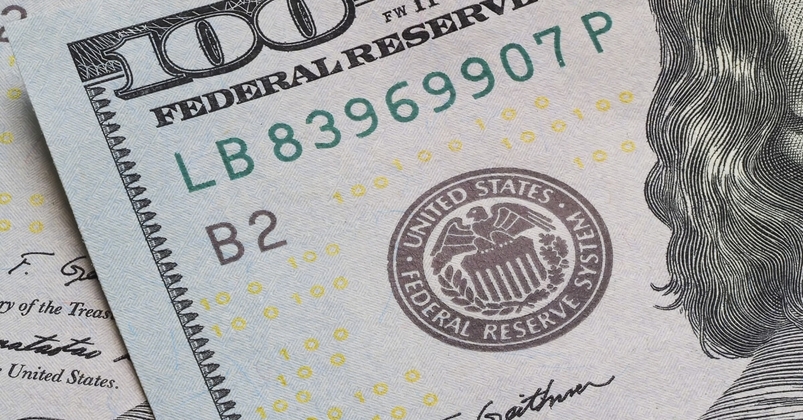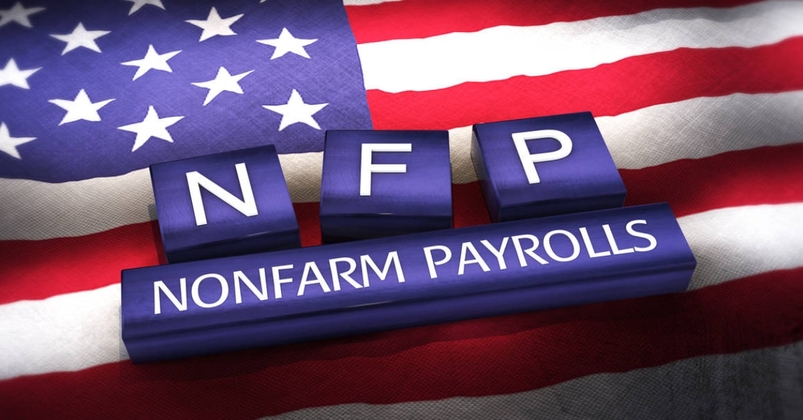- Italiano
- English
- Español
- Français
China’s Q1 growth beat consensus, why aren’t Chinese assets ascending?
.jpg)
However, despite the impressive industrial growth driving GDP, industrial production and retail sales data for the previous month fell short of consensus, printed 4.5% and 3.1% YoY, respectively.
Therefore, although there are clear signs of economic recovery in the first quarter, the two indicators lagged behind suggesting that some factors hindering China's economic development may still need to be addressed.
Market Reaction
Following the release of the data, China-related assets showed clear directional trends in the market.
HK50 has been declining since last Friday, bringing prices back into the channel that was expected to break the downward trend since January last year. Post-data release, it breached the lower boundary of the mid-March trading range, currently probing March’s low, hovering at 16,100 points.

In addition, USDCNH peaked at 7.2827 on the same day, marking a new high unseen since November last year, before oscillating around 7.25.

Overall, despite robust growth data, associated assets failed to rally, with both HK50 and CNH experiencing adverse reactions
Why Aren't Chinese Assets Ascending?
Although domestic growth data beat market expectations, the changes in HK50 and USDCNH are not surprising.
From a geopolitical perspective, the sudden escalation of conflict between Iran and Israel has heightened people's anxiety to its peak, prompting widespread risk-off actions in the capital markets. Not only HK50 but also global stock markets, including the major indices in the US, Nikkei 225, and various European indices, experienced significant retracements. Moreover, amidst the turmoil, there is a tendency for people to hold onto safe-haven assets like the US dollar and gold. Consequently, the dollar has been bolstered, causing other currencies, including CNH, to depreciate.
Looking at the fundamentals of the US economy and the Federal Reserve's interest rate trajectory, indicators such as the robust labor market and production and sales figures reflect a positive trajectory for the US economy, signaling a clear path towards a soft landing. Coupled with stubborn inflation, the US monetary authorities currently lack sufficient motivation for interest rate cuts. Therefore, the market pricing of the first Fed rate cut has been postponed until September, with 43 basis points priced in for the whole year. In contrast, some G10 economies, including Europe and the UK, are expected to start cutting rates from around June.
Overall, with the support of a resilient US economy, high-interest rates, and sustained interest rate differentials, the dollar has a favorable background and significant comparative advantages, thus the rise of USDCNH is not unexpected.
Looking at the data for the first quarter of China itself, there are some well-noted issues that have not been effectively addressed. Currently, the Chinese economy faces four main challenges: an imbalanced demographic structure, exacerbated deflation, a deteriorating property sector, and high local government debt.
Apart from the data mentioned at the beginning, the property industry performed poorly in the first quarter, with investment declining by 9.5%. New home sales and developer financing both saw YoY declines of 28% and 26%, respectively. Meanwhile, the pace of housing new starts, completions, new home sales in floor space, and home prices all experienced further declines. This indicates an overall contraction in the industry, worsening sales conditions, and diminished investment confidence, with the market still struggling to recover.
At the same time, nominal GDP growth in the first quarter was only 4.2% year-on-year, which, compared to the real GDP growth of 5.5%, means that deflation has occurred for the fourth consecutive quarter, with Q1 CPI showed minimal growth, while PPI experienced a decline of 2.7% YoY. Although the surveyed urban unemployment rate of 5.2% in the first quarter fell slightly from the same period last year, it still remains at a high level, leading to a shrinking growth rate of disposable income, and increasing deflationary pressure.
Therefore, two of the four main concerns mentioned above have not shown improvement, casting a shadow over the performance of Chinese assets.
Policy Outlook
Overall, China has shown signs of recovery in Q1, with infrastructure and manufacturing investment surges being notable in addition to GDP growth. However, it must be acknowledged that China still faces some challenges in the near term.
We should not be overly pessimistic about the long-term development of the Chinese economy and market. In other words, the current pains are an inevitable part of completing the growth transformation.
As the first quarter of 2024 has already achieved the 5% growth target, the fiscal policy stance will likely remain unchanged in the short term. For the monetary stance, China is unlikely to consider interest rate cuts in the short term to maintain export competitiveness and sustain economic growth. Coupled with market pricing of Fed rate cuts commencing in September, totaling 1-2 cuts for the year, the dollar is poised to maintain resilience for a spell. To prevent undue market reactions, the PBoC is unlikely to rush into further monetary loosening.
If we want to see an improvement in the performance of Chinese assets, we first need to focus on the improvement of the four major issues faced by China, as well as how to stimulate residents to shift from savings to consumption.
Secondly, discussions in the Chinese market center around the development of "new productive forces," a guiding theme in Chairman Xi's economic transformation agenda. Beyond phases of growth drivers like industrialization, urbanization, and demographic dividends, charting a trajectory for sustained economic growth necessitates identifying new growth frontiers. Apart from boosting consumption and developing high-end manufacturing, we also expect more supportive policies for sectors such as new energy and AI to be introduced after the National People's Congress (NPC), providing a solid endorsement for Chinese assets including CNH and HK50.
Related articles
Pepperstone non dichiara che il materiale qui fornito sia accurato, attuale o completo e pertanto non dovrebbe essere considerato tale. Le informazioni, sia da terze parti o meno, non devono essere considerate come una raccomandazione, un'offerta di acquisto o vendita, la sollecitazione di un'offerta di acquisto o vendita di qualsiasi titolo, prodotto finanziario o strumento, o per partecipare a una particolare strategia di trading. Non tiene conto della situazione finanziaria o degli obiettivi di investimento dei lettori. Consigliamo a tutti i lettori di questo contenuto di cercare il proprio parere. Senza l'approvazione di Pepperstone, la riproduzione o la ridistribuzione di queste informazioni non è consentita.

